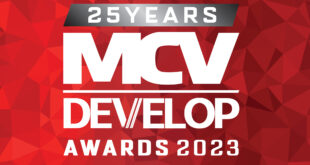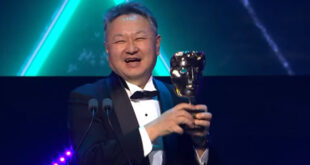 How and why did CGHero come about?
How and why did CGHero come about?
The idea to connect studios with available talent came from my time at Falling Pixel, a company I founded back in 2006 that provided a marketplace for artists to sell their 3D work. Our artists were seeking new opportunities to bring in more income doing what they love and our customers wanted more ways to source incredible work produced by the artists. Unfortunately, while the market for off-the-shelf 3D was thriving, the demand for custom 3D work on the marketplace was not large enough to build a sustainable business.
Fast forward a decade later, I attended a talk at GDC on outsourcing in the games industry. It fascinated me how the industry was turning to outsourcing to solve talent shortages, but this was only afforded to the larger studios. What if we could level the playing field and bring incredibly talented people from around the world to co-create the future of production. CGHero was born!
What’s been the highlight of your career?
Nothing has brought me more pride than helping artists get a foot in the door of the industry, something I struggled with myself at the beginning of my career. I’m really thankful to have been able to help thousands of artists over the years earn an income doing what they love and still pursue this mission today.
By far the biggest highlight though has been at CGHero where I have been able to raise significant funding to tackle the industry talent gap and bring together incredible artists and studios from around the world. It is a dream to see the platform being used by so many people to collaborate on producing content, many who have never had the opportunity to work together before.
What’s the future for CGHero looking like?
We’re on a quest to make the industry more diverse and inclusive, levelling the playing field for talent in the industry. Our platform will continue to expand beyond our current 6,000 artists, developers and studios (our Heroes) to become the largest certified community of available creators in the world.
We see the future of CGHero as powering the next generation of immersive content and experiences, providing a collaborative ecosystem that enables teams to co-create the future.
More widely, what are your hopes for the gaming industry in the years ahead?
Games have historically been built behind studio walls and with fixed teams, but the demands from players for ever evolving experiences and entire worlds of content are not conducive to being made in the same way. My hope is that the trend of creating games with user-generated content at its core continues and players are given more ways to build their own experiences, which is going to be key if we are to successfully move towards a more diverse and inclusive industry.
It is also my hope that the games industry continues to support and embrace the convergence of gaming tech in support of other industries especially in education, medical, environment and social. I really do believe that the games industry has the capability of fundamentally improving the way we learn, play and interact on a global level!

 MCV/DEVELOP News, events, research and jobs from the games industry
MCV/DEVELOP News, events, research and jobs from the games industry




